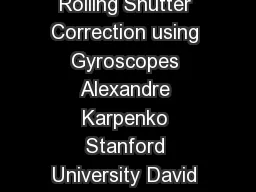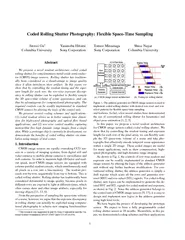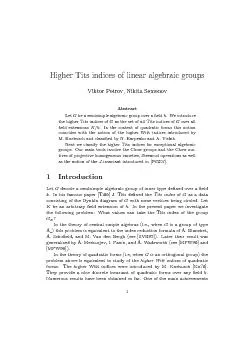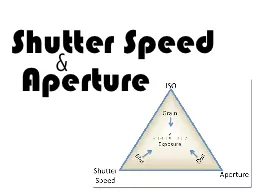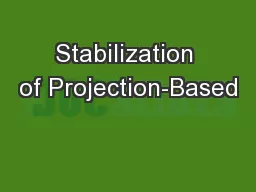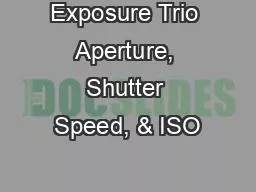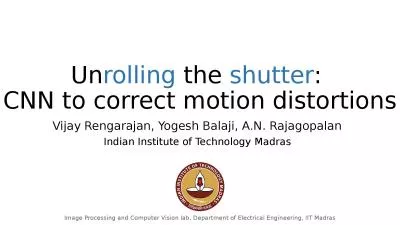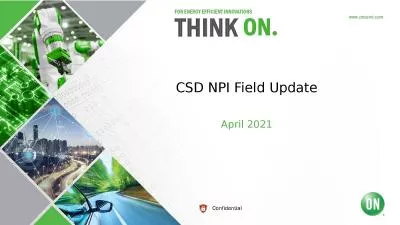PDF-Stanford Tech Report CTSR Digital Video Stabilization and Rolling Shutter Correction
Author : ellena-manuel | Published Date : 2014-12-15
b The rolling shutter used by sensors in these cameras also produces warping in the output frames we have exagerrated the effect for illustrative purposes c We use
Presentation Embed Code
Download Presentation
Download Presentation The PPT/PDF document "Stanford Tech Report CTSR Digital Video..." is the property of its rightful owner. Permission is granted to download and print the materials on this website for personal, non-commercial use only, and to display it on your personal computer provided you do not modify the materials and that you retain all copyright notices contained in the materials. By downloading content from our website, you accept the terms of this agreement.
Stanford Tech Report CTSR Digital Video Stabilization and Rolling Shutter Correction: Transcript
Download Rules Of Document
"Stanford Tech Report CTSR Digital Video Stabilization and Rolling Shutter Correction"The content belongs to its owner. You may download and print it for personal use, without modification, and keep all copyright notices. By downloading, you agree to these terms.
Related Documents

